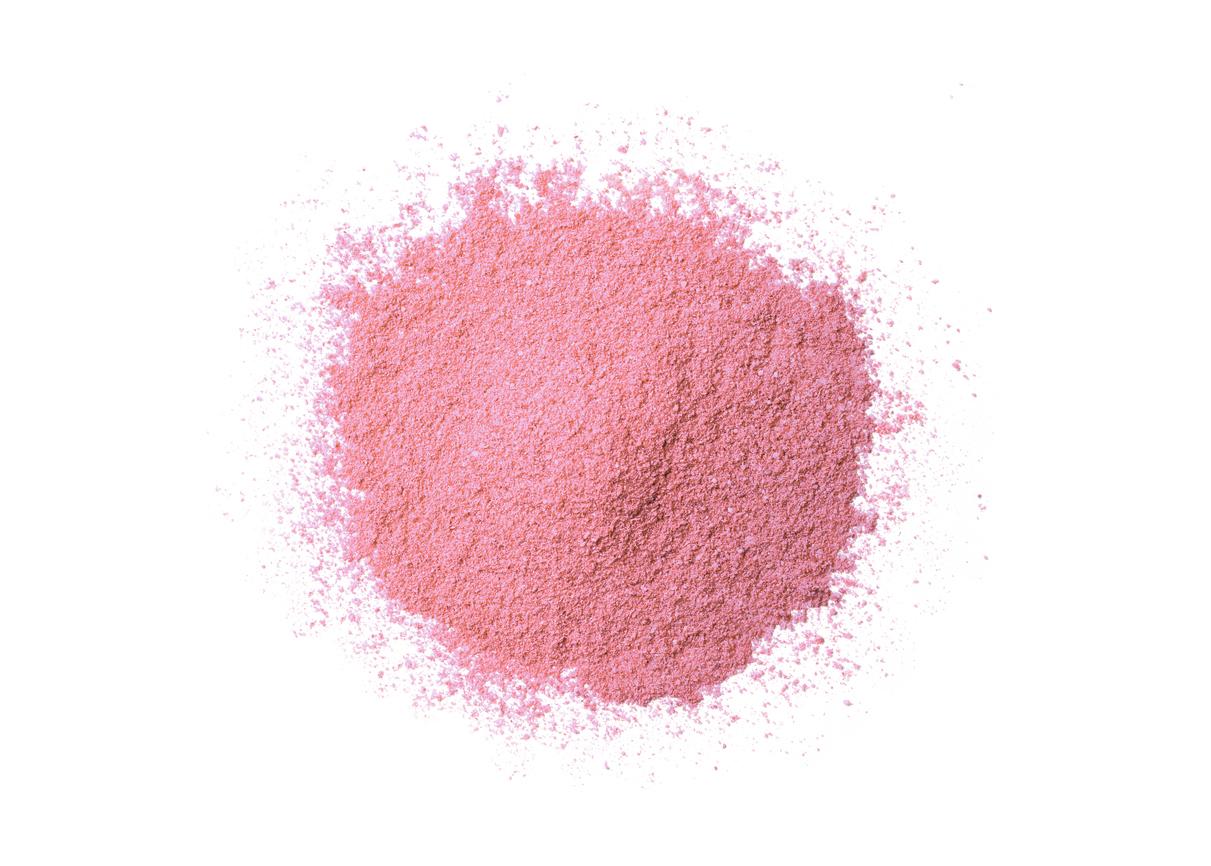November 10, 2003 – Per capita spending on prescription drugs has increased by more than 300% in Canada and by more than 400% in Quebec since 1985, according to figures released recently by the Canadian Institute for Drug Information. health (CIHI)1.
In Canada, for example, per capita spending rose from $ 147 in 1985 to $ 489 in 2000, while it climbed from $ 125 to $ 506 in Quebec. The Quebec increase is therefore 404%, the largest in the country. Ontario comes second and Yukon third, with respective increases of 338% and 325% (see PasseportSanté.net graph on this subject).
In addition, in 1985, Quebec drug spending represented only 8.3% of total health spending. By 2000, this percentage had more than doubled to 17.6%. In comparison, these figures have risen from 9.5% to 15.4% in Canada, and from 10.3% to 16.1% in Ontario.
Several factors could explain this increase. CIHI cited in particular the aging of the population as well as technological breakthroughs that increase the diagnostic capabilities of physicians and lead them to prescribe more drugs.
An international comparison also gives intriguing results. For example, per capita spending on prescription drugs in the United States in 1999 was only 11.3% of total health spending, compared to 16.4% in Japan. Consequently or not, the average life expectancy in Japan was 81.5 years, but only 76.7 years in the United States. Canada fell in between, with 15.1% at that time and an average life expectancy of 78.6 years.
Jean-Benoit Legault – PasseportSanté.net
From ICIS; April 2003.
1. HERE. www.cihi.ca

















